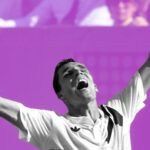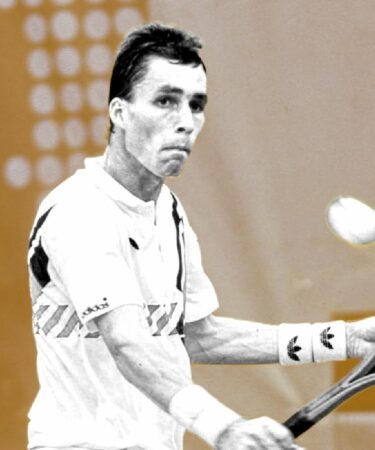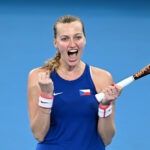December 20, 1994: Lendl bids sad farewell to tennis
Ivan Lendl was 34 years old when a severe back injury forced him to retire from the sport that he still very much loved. On this day in 1994, the great Czech called it quits for good
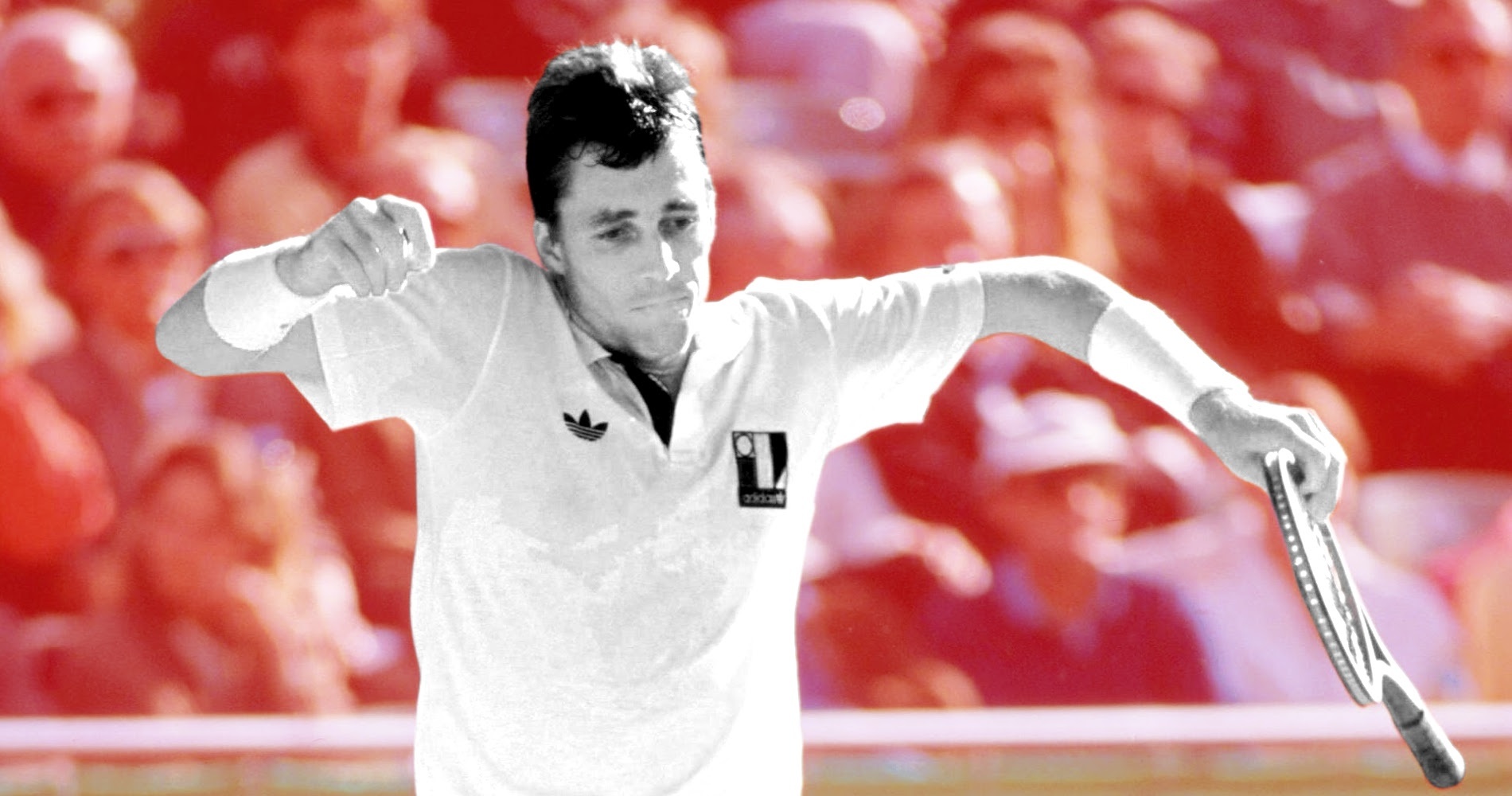
What happened exactly
On this day, December 20, 1994, former world No 1 Ivan Lendl announced his retirement from professional tennis. At the time, the eight-time Grand Slam champion held the record for the longest reign as men’s world No 1 (270 weeks) and the most prize money accumulated throughout his career ($20 million). According to the doctors, he had no chance of overcoming the back injury which had plagued his 1994 season.
“This is a very difficult and sad time for me,” said Lendl. “This is not the way I would have chosen to retire and I’m sure I will miss the game I love.”
The player: Ivan Lendl
Born in 1960, Ivan Lendl set new standards in the baseline game, with a very powerful topspin forehand that allowed him to play aggressively while maintaining impeccable consistency. This brutally efficient style of play pushed his opponents into a very tough physical challenge. He also set new standards in work ethic, practising religiously and paying attention to his fitness and diet in a way which tennis players were not used to.
After turning professional in 1978, he stood as one of the four best players in the world since 1980, along with Bjorn Borg, John McEnroe and Jimmy Connors. Although he had won dozens of ATP tournaments, including the Grand Prix Masters in 1981 (defeating Vitas Gerulaitis, 6-7, 2-6, 7-6, 6-2, 6-4), he didn’t claim a Grand Slam title until 1984.
In fact, Lendl famously lost his first four Grand Slam finals, once at Roland-Garros (in 1981, defeated by Bjorn Borg), twice at the US Open (beaten by Jimmy Connors in 1982 and 1983), and once at the Australian Open (lost to Mats Wilander in 1983).
In 1984, Lendl eventually triumphed at Roland-Garros, defeating John McEnroe in an epic final where he came back from two sets down to lift his first Grand Slam trophy. In 1985, he lost another final at the French Open (defeated once again by Wilander), but at the US Open, a few weeks after becoming world No 1 again, he claimed a second Grand Slam crown, beating John McEnroe in the final (7-6, 6-3, 6-4).
In the ensuing years, Lendl dominated the sport, clinching six additional Grand Slam titles: Roland-Garros (1986, 1987), the US Open (1986, 1987) and the Australian Open (1989, 1990). He never managed to triumph at Wimbledon, but did finish runner-up twice, in 1986 (to the young defending champion Boris Becker, 6-4, 6-3, 7-5) and 1987 (defeated by Pat Cash, 7-6, 6-2, 7-5).
In these peak years, Lendl set a record of 270 weeks spent as world No 1 and he appeared in nine consecutive Masters Cup finals, clinching the title five times.
In the early 1990s, Lendl’s domination ended, but he remained a solid top 10 player until the end of 1992. In 1993, he failed to get past the second round in any Grand Slam tournament, and he finished the year as world No 18, his worst year-end ranking since 1979, claiming his 94th and last title in October, in Tokyo. In 1994, after a good start (reaching his last final in Sydney, defeated by Pete Sampras, 7-6, 6-4), he suffered from a back injury and his ranking dropped down to world No 30 when he had to retire from his US Open second-round clash against Bernd Karbacher.
The facts
At the beginning of 1994, Lendl had come to terms with the fact that his peak years were behind him, and he intended to continue playing for the love of competing. Unfortunately, after a good start (only defeated by world No 1, Pete Sampras, in the Sydney final and in the Australian Open fourth round), he was diagnosed with a facet joint syndrome before spring. This injury caused back spasms, which forced him to default no less than four times throughout his season, the last time in the US Open second-round.
After many treatments had been tried, including minor surgery, the doctors finally told Lendl that there was no way his back could be fixed in a way that would allow him to play tennis at the highest level. This is why, on December 20, Lendl finally called a press conference to announce his retirement from the game.
“This is a very difficult and sad time for me,” Lendl said, according to The Washington Post. “This is not the way I would have chosen to retire and I’m sure I will miss the game I love.”
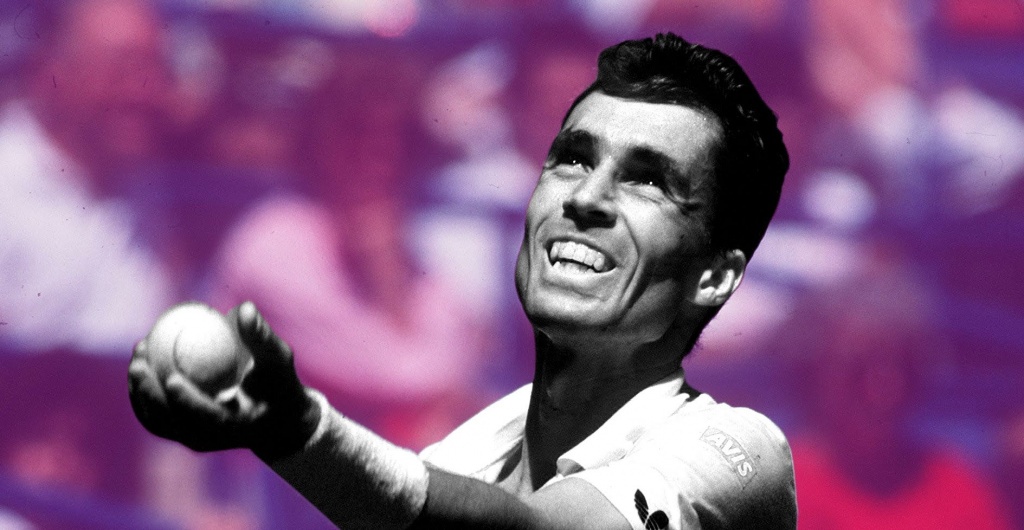
The former world No 1 then opened up about his injury.
“It’s the running and pounding on hardcourts that bring the spasms on, and once they start, they just keep on coming, not in one spot, but all over the middle of my back.”, he said, according to The New York Times. “If I wasn’t a professional athlete, I’d be just another guy with a sore back, but because I am, now I’ve had to give up my career just when I was starting to enjoy playing without the pressure to produce.
“The only fear I have is that I’ll miss it too much; I would have liked to walk away from tennis when I didn’t enjoy it anymore, not now.”
When asked about his possible regrets – and particularly about his inability to triumph at Wimbledon, Lendl responded realistically.
“Not winning at Wimbledon is not going to bother me forever,” he said. “I’m fully aware of my shortcomings on grass, and maybe if the Australian Open hadn’t changed its surface, we would have been talking about two Slams I hadn’t won instead of one. But I’m pretty much at peace with what I did accomplish.”
Lendl also called it “ironic” that, after having relied on amazing fitness for so many years, he was now forced to quit because his body had given up.
“People may say I developed an iron will, but what really happened is that I made myself much fitter. I think an iron will is always supported by fitness.”
Finally, he gave a few hints about his plan for the future. Lendl intended to develop his management company, Spectrum, and, after having been unsuccessful on Wimbledon’s grass, he was now attracted to another kind of grass.
“I don’t think I’m going to lie down and not compete at anything,” he said. “Last summer I played golf in the championship at one of the clubs out here, and the same intensity was there. I was even nervous about it, which kind of came as a surprise.”
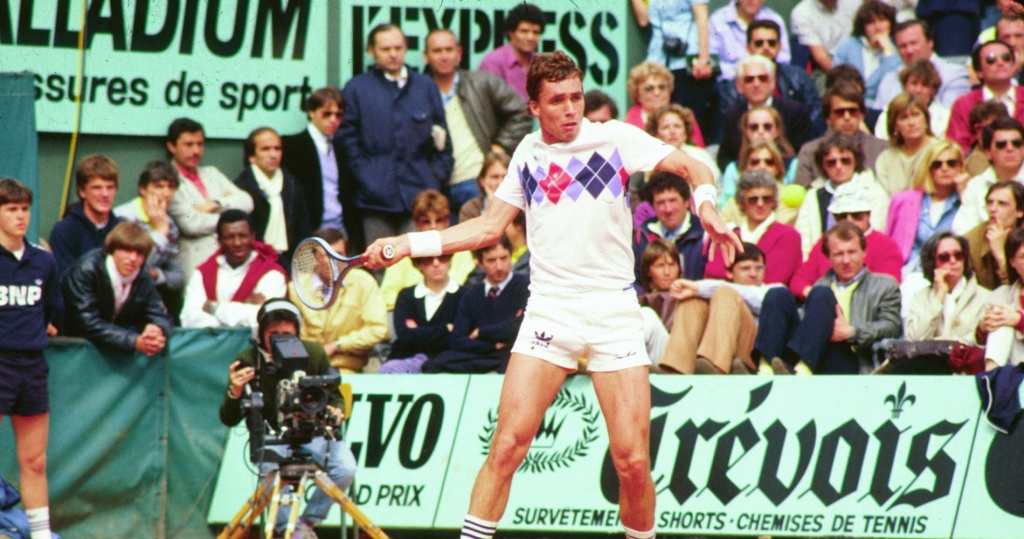
What next
Ivan Lendl would spend almost 20 years away from the Tour, playing golf, raising his daughters and taking care of his German shepherds. In 2012, he would come back to tennis as Andy Murray’s coach. The Scot, who called Lendl for help after also being defeated in his first four Grand Slam finals, would benefit immediately. In the first year of their collaboration, Murray claimed the Olympic gold in London as well as his first major crown at the US Open.
Lendl might not have been the crowd’s favourite in his peak years, but he would leave his mark on tennis history as one of the players who took professionalism to the next level.
